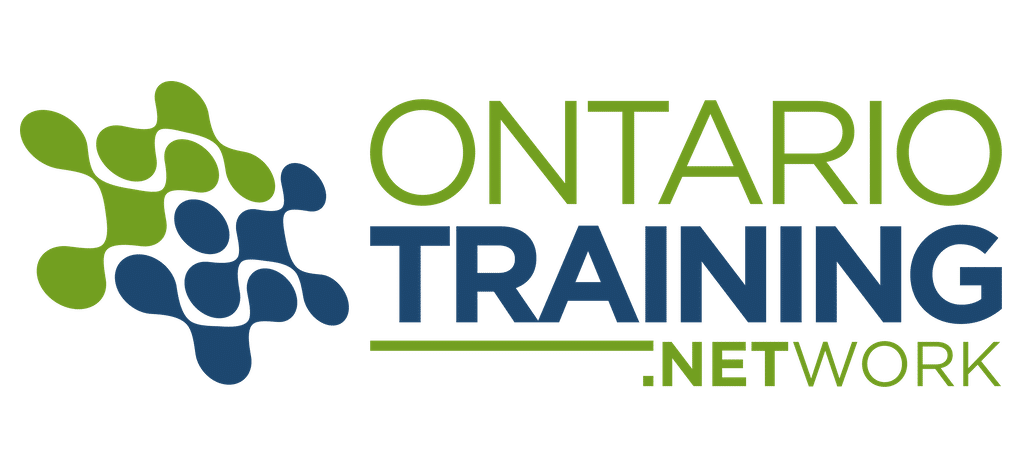Although so many organizations already practice agile to certain extents, there are still multiple misconceptions that lead to application and implementation of agile concepts the wrong way, or in the wrong context. At the conclusion of the course, participants will be well equipped to take their new Agile and Scrum knowledge and skills and apply those immediately to their work on Agile projects. The course provides a solid Agile foundation, recognizing the advantages of agile, along with its challenges.
This dynamic course provides participants with a high-level overview of Agile and Scrum. Participants are introduced to the Agile Manifesto along with its supporting principles. This sets the stage for an overview of Scrum. As the course progresses, participants learn the Scrum process flow, roles, events and artifacts used and practiced by a Scrum team. Throughout the course, participants are asked to apply what they are learning about these practices through a variety of interactive discussions and exercises.
WHO SHOULD ATTEND:
- Business analysts
- Project managers
- Project team members
- individuals who are involved in process mapping and improvement initiatives
- People who work with business analysts
PARTICIPANTS WILL LEARN TO:
- Review and utilize modeling techniques and notation symbols
- Design and develop process models
- Review advantages and disadvantages of different elicitation techniques
- Elicit and document information for process mapping and improvement, using different techniques
- Create a data model from requirements
- Apply modeling and notation techniques and use them in the right context
- Identify different documentation techniques
- Choose the most appropriate technique to document data details of each process
COURSE OUTLINE
Introduction and context
Business process modeling (BPM)
Types of processes and process models
- SIPOC
- Flowcharts
- Spaghetti Diagrams
- Activity Diagrams
- Root Cause Analysis
- Context Diagrams
- Data Flows
- State Diagrams
Mapping and documenting current state processes
Envisioning and identifying future state processes
Business process improvement
Performing Gap Analysis
Quick review of BPMN (Business Process Modeling Notation)
Use cases and scenarios
Summary and Evaluations
METHODOLOGY
This dynamic course provides an interactive mix of discussions, conversations, real life examples, activities and exercises – with the goal of reinforcing the learning and provide additional context regarding information gathering and elicitation techniques, root cause analysis, stakeholder requirements identification, and communicating with stakeholders.
